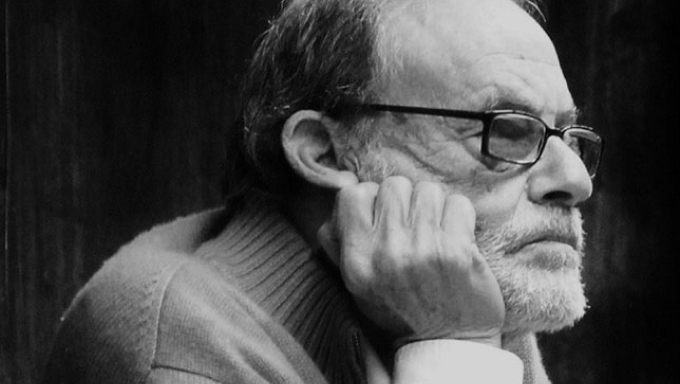4
Hustle for authorship
How might we as architects participate in creating better future, if we hustle for authorship?
Definition
The quality of realised work equals social status within the architectural community. Authorship is important in gaining work. A successful project can be bragged about not only on social media. A project brings finance as well as future clients. Even in public commissions, references to projects executed are often required as a proof of your experience. How can we improve the conditions among individuals who compete for the opportunity to become the star? What do you do without realisations with acknowledged authorship? Is there any other way than to cut the price and work for free to earn the project for future use and fame?
Authorship as a Construct
Tom Avermaete, Irina Davidovici, Christoph Grafe and Véronique Patteeuw
“Both the unity in the work and single authorship are constructs. Authorship seems to lend the work of art a distinct aura, not of its physicality, but as a sedimentation of intellectual or creative labour. The author owns the ideas of the work, if not the work itself. This may be one of the reasons why the concept of authorship was historically also applied to architectural works of art, which are, by definition, the product of collective endeavours. The tendency of involving an ever-larger number of experts in the design process has perhaps sparked claims about the importance of individual expertise. Hence the narrative of a ‘real’ single author, whose ‘genius’ transcends the technocratic procedures of everyday production. What does the author’s ‘owning’ of a project mean? … And does this sense of ownership still prevail in contemporary architecture culture? Is the concept of individual authorship not a cul-de-sac, preventing the processes of invention and innovative thinking often necessary for addressing a practice that is more collaborative than ever?”
Sérgio Ferro

History of Architecture seen from the Construction Site, lectures at FAU USP, 2010
“Nowadays, the stars that are heard are Venturi, Jencks, Gehry, Eisenman, Koolhaas, Portzamparc, Nouvel, Zaha Hadid, etc., the post-modernists and similar. They rise after 1990, with the guaranteed hegemony of financial capital, the disappearance of USSR, and the discouragement of the working class…”
In Sérgio Ferro’s 2010 lectures, the conception of architecture is as a part of a larger entity – construction. In the current economy, the construction industry is an extremely lucrative source of profit built on very precarious conditions. Solidarity with other workers involved in the process could lead to disrupting the division of labour between conception and execution, thus improving the working conditions of all.
www.tf-tk.com/resources/summary-of-history-of-architecture-seen-from-the-construction-site
Quote
- “I’m looking for commissions on my own, I get a lot of clients through references and recommendations from my previous clients. I currently work rather sporadically (parental leave), I would like to set up a studio...”
- “It is about getting commissions and clients, working as best as possible, negotiating terms and getting paid. That's not an easy process, especially in our architectural situation. … now I understand that drawing something represents only 20% of the work.”
